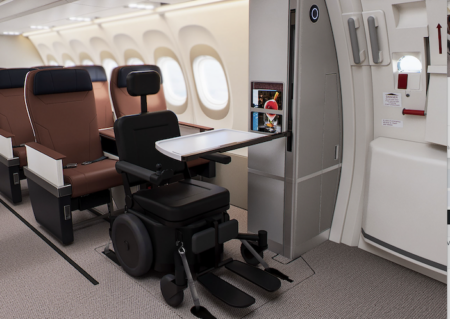The future for the IFE market looks bright, for those involved in the wireless IFE (W-IFE) sector, as well as the embedded seatback sector, according to a new research report from Valour Consultancy.
The market intelligence firm’s latest data – titled The Future of Wireless In-Flight Entertainment – indicates that the number of aircraft fitted with W-IFE systems will exceed 15,000 by the end of 2026, which is a substantial jump from the just over 6,000 fitted at the end of 2017.
The W-IFE is growing mostly as an accessory to in-flight connectivity (IFC), according to Valour Consultancy. “81% of W-IFE systems were installed alongside connectivity in 2017 and we expect this proportion to increase as IFC technology improves and the benefits of an integrated IFEC approach (greater personalization, tailored content, operational efficiencies, etc) become more obvious” said Craig Foster, the author of the report.
Foster also asserts that this rise in the W-IFE sector will not come at the expense of embedded seatback IFE. “Nearly every single wide-body aircraft is delivered with embedded IFE and this is unlikely to change for some time yet. Additionally, passengers have come to expect that they will be able to watch the latest Hollywood blockbusters on longer journeys, but this early-window content still cannot be streamed to passengers’ devices”.
Valour Consultancy predicts that the installed base of embedded IFE systems will rise from 6,500 in 2016 to approximately 8,600 by 2026.
The report also finds that demand for overhead screens is diminishing, while the emergence of cinematic headsets and virtual reality (VR) head-mounted displays holds potential. “Airlines are always looking at new ways to innovate and stay one step ahead of the competition,” added Foster. “This coupled with the fact that some passengers want to cut themselves off from the cabin environment and forget the unpleasantness associated with air travel has resulted in interest in more immersive IFE platforms”.




